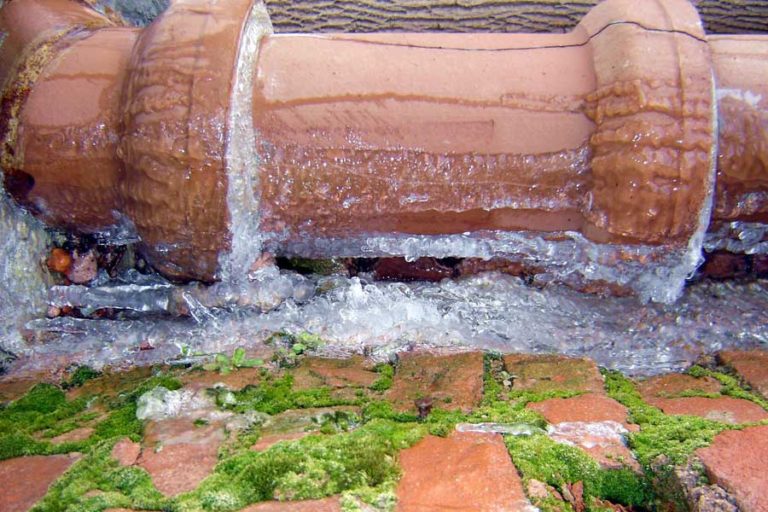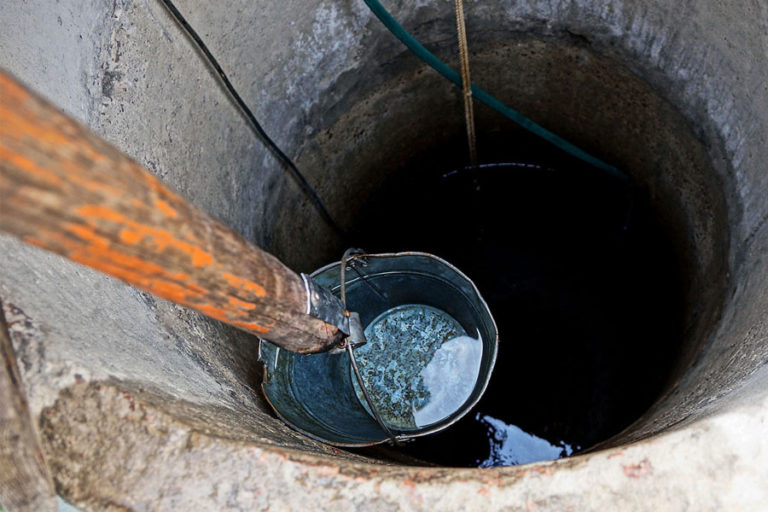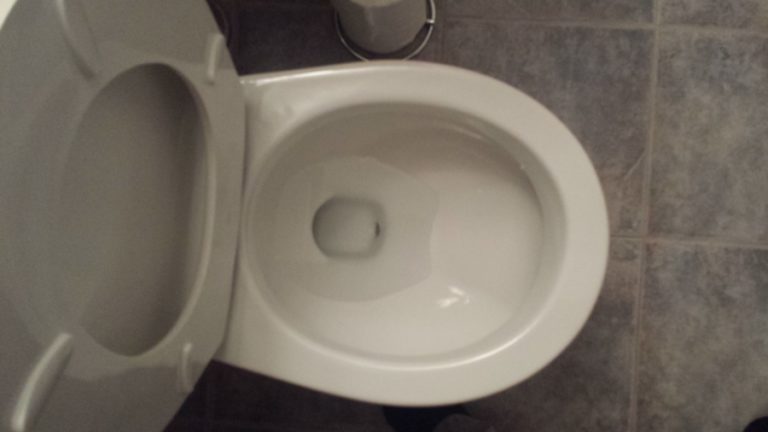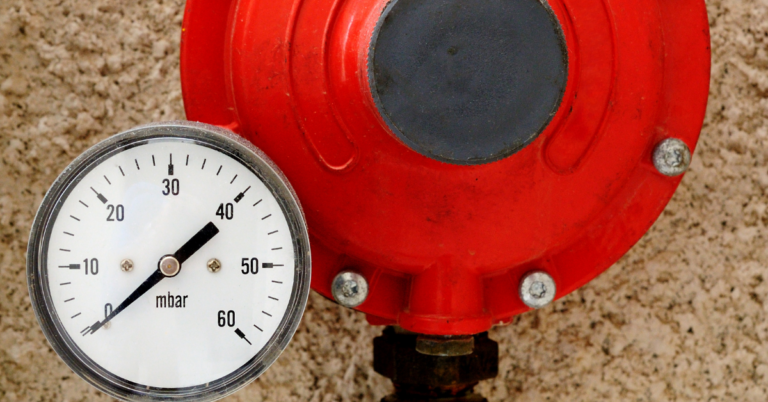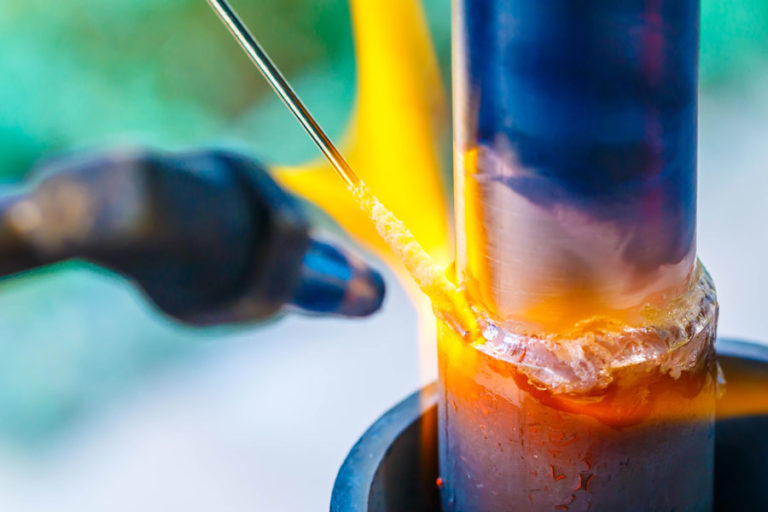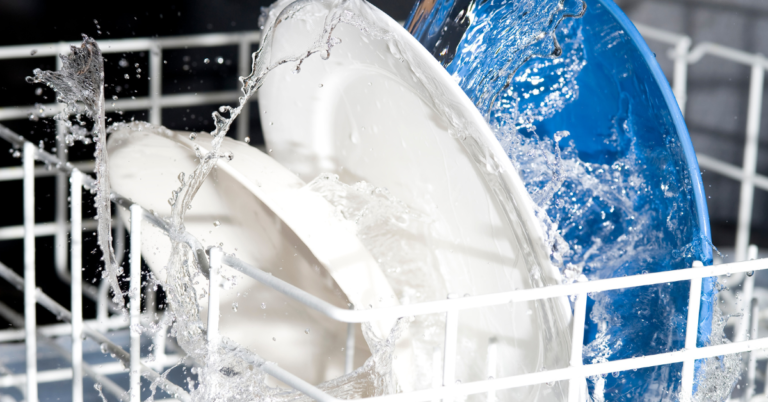How to Save Water in the Kitchen (Water-Saving Tips, Part 1!)
Before we learn how to save water in the kitchen, I want you to try this exercise.
When you go into your kitchen today, pay close attention to how much water you use for simple tasks. I think you’ll be surprised by how much it is and how much you can do with less.
Here are some great water-saving tips just for the kitchen.
Why is Water Conservation Important?
The water supply in more than half of the states in America is negatively affected by drought. That’s according to the National Drought Mitigation Center.
Here’s another way to think about water, which is a limited resource. It wasn’t long ago (in my lifetime, actually) that we were paying less than a dollar a gallon for gasoline. How long will it be until we’re paying dollars per gallon for water?
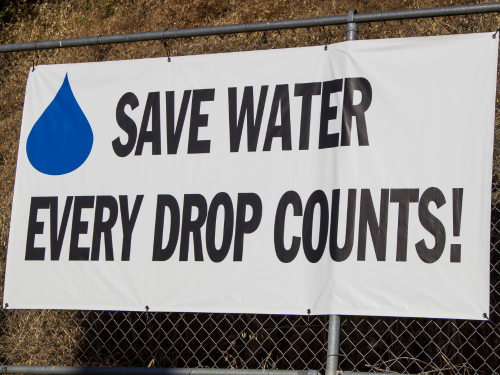
10 Water-Saving Tips for the Kitchen
Check out these great water-saving tips in the kitchen. You’ll use less water and spend less money on water while doing your community and the world a favor.
- When you wash or rinse fruits and vegetables, do so in a sieve over a bowl or in a salad spinner. Let the water collect in the bowl or tub part of the spinner. Let the food dry off in the sieve or rack. The water you collect can be given to your indoor or outdoor plants.
- Thaw frozen food in the refrigerator instead of running water over it.
- Steam vegetables instead of boiling them. You’ll use less water, and the veggies will taste better and retain more of their nutrients.
- If you must pre-rinse dishes before putting them into the dishwasher, plug the sink and fill it with water. This conserves more water than having to run it continuously. In fact, you’ll save 10 to 20 gallons of water in the kitchen from this tip alone.
- If you don’t have a dishwasher, wash your dishes in one sink filled with soapy water. Rinse them in another filled with hot water.
- Let those hard-to-clean pots and pans soak in the sink overnight. Wash them the following morning instead of running a lot of water over them after dinner.
- When running the dishwasher, never wash less than a full load.
- Avoid putting items down the garbage disposal that could be used for compost. You’ll save water in the house, and the moisture-rich compost will keep water from evaporating in your garden. You won’t have to over-water during the hot summer months.
- Quickly repair any faucet drips and leaks and leaking pipes under your kitchen cabinet. In addition to wasting water, the leaks also cause costly water damage to your home.
- Replace an old faucet with a modern, water-saving faucet.
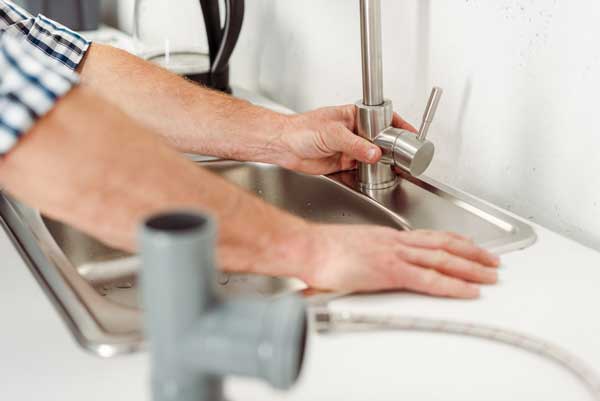
Final Thoughts
It’s hard to believe for many of us that water is a precious and limited resource. It seems so readily available. And in half the country, the cost of it is reasonable.
But it is limited. And its availability simply can’t last. One way to help is by finding ways that work for you to save water in the kitchen. We’ll continue this series with two more articles on how to save water in the bathroom and outside.
Every little bit counts.
References
- How to save water in the bathroom (Part 2)
- Ways to save water outside the home (Part 3)
- EPA quote on water losses from the faucet dripping
Call 1-Tom-Plumber
Don’t hesitate to contact us here or call us at 1-Tom-Plumber (1-866-758-6237) if you need help making repairs that can save water in your kitchen.
1-Tom-Plumber’s certified team of plumbers and drain technicians respond immediately to any emergency plumbing, drain, or water damage problem, including excavation of underground water lines and sewer main lines. Our immediate-response team is available every day and night of the year, even on holidays.


